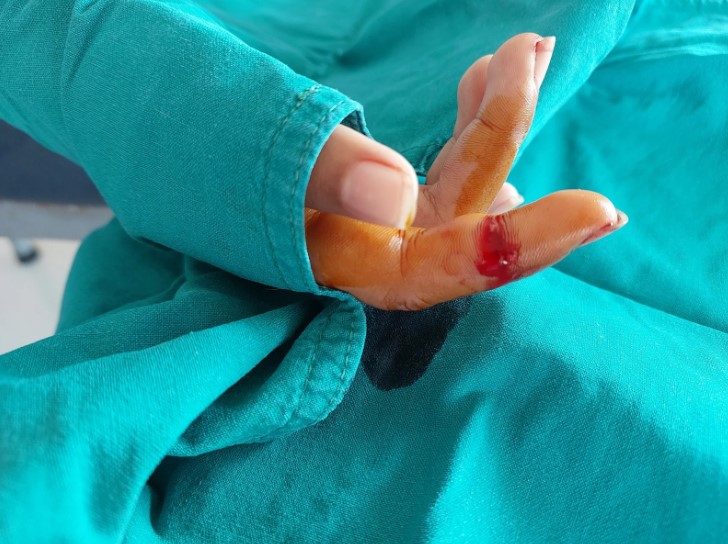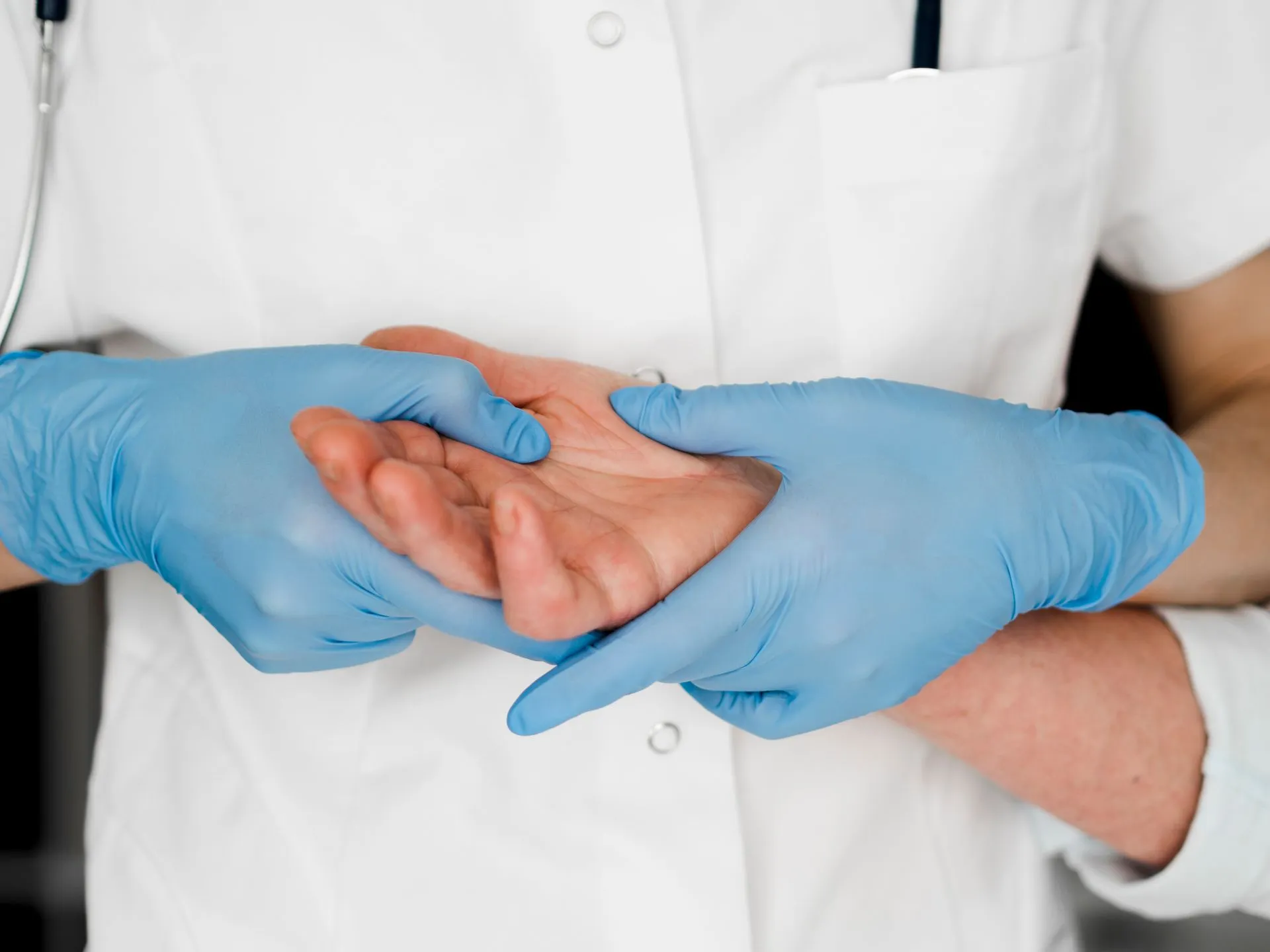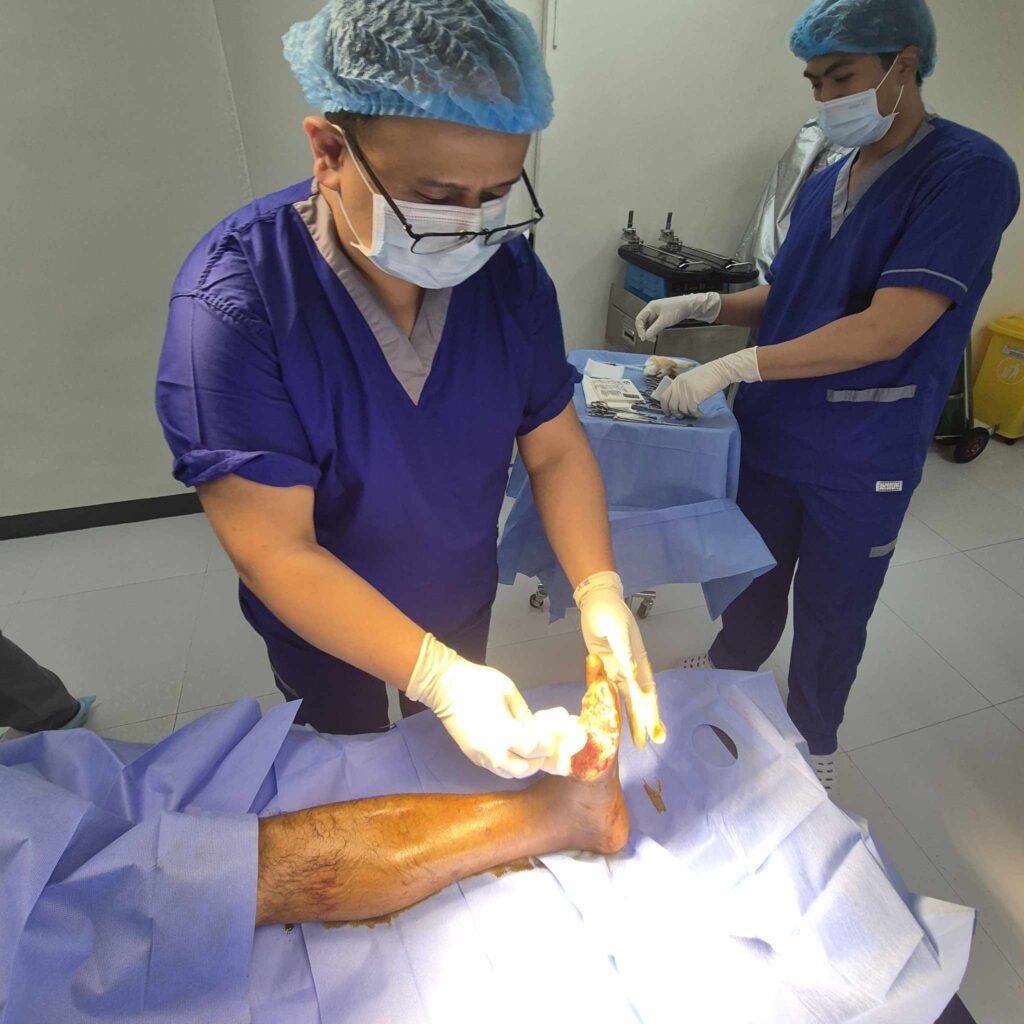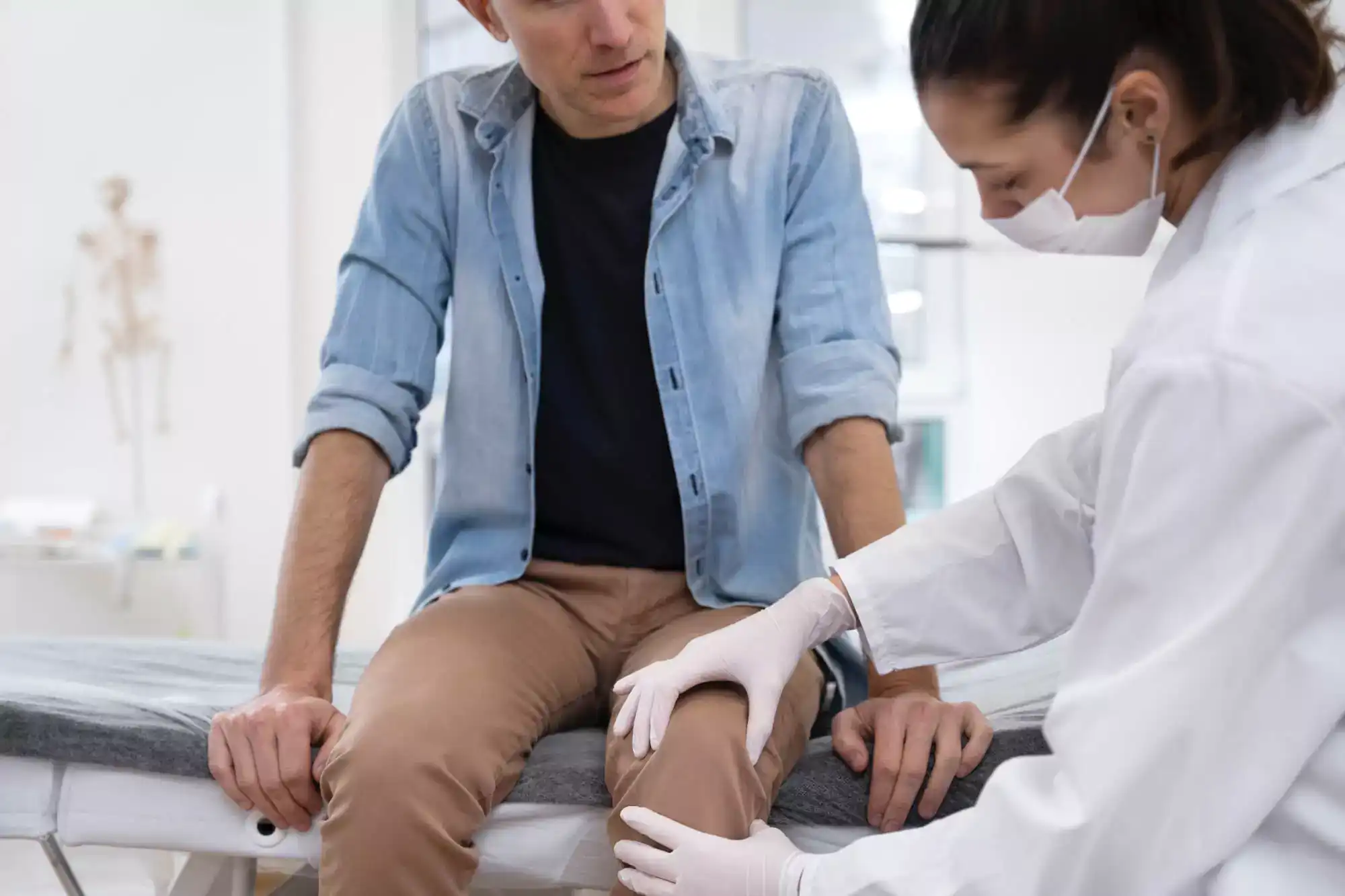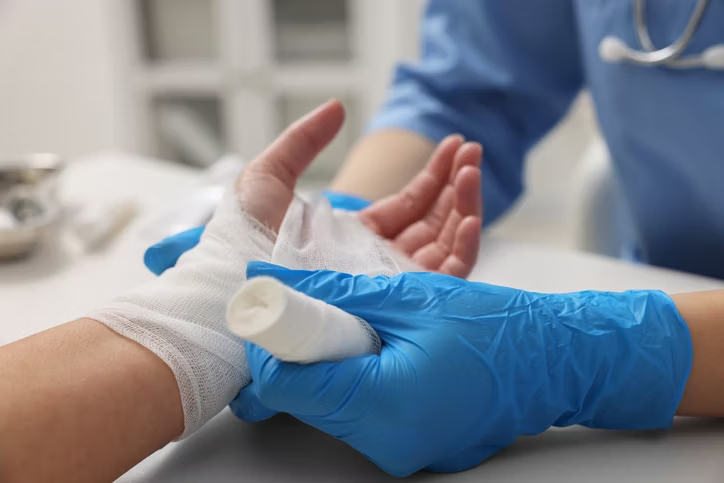Lacerations, or deep cuts in the skin, are more than just surface wounds. Without proper care, they can quickly become infected and lead to permanent scarring. Laceration treatment is essential for promoting fast healing, preventing infection, and minimizing long-term skin damage. Kalingap Wound Care Clinic offers expert laceration treatment services, making them the trusted choice for anyone seeking safe and effective wound care in the Philippines.
Understanding Lacerations
Lacerations vary in severity, from minor scrapes to deep, jagged cuts that may affect muscles, tendons, or nerves. Common causes include kitchen accidents, sports injuries, work-related incidents, and accidental falls. Some lacerations are clean and easy to treat, while others are irregular or contaminated, making them more prone to infection. Proper laceration treatment addresses these risks, ensuring the wound heals safely and reduces the chance of noticeable scars.
The Risks of Improper or Delayed Treatment
Failing to treat a laceration promptly can lead to serious complications. Bacterial infections are common and may present as redness, swelling, warmth, or pus. Untreated wounds can develop chronic healing problems, potentially leading to hypertrophic scars or keloids. Delays in professional care can worsen tissue damage and extend recovery time. Choosing Kalingap Wound Care Clinic for laceration treatment ensures that wounds receive expert evaluation and proper closure, preventing these complications.
Step-by-Step Laceration Treatment
Immediate Care
The first step in laceration treatment is stopping bleeding and cleaning the wound. Gentle pressure can control bleeding, while rinsing with sterile solutions removes dirt and bacteria. Proper cleaning at this stage is critical to prevent infection and set the stage for effective healing.
Professional Treatment
Professional laceration treatment involves precise wound closure using stitches, staples, or medical adhesives. Applying antiseptics and, when necessary, antibiotics further protects the wound from infection. Kalingap Wound Care Clinic specializes in these techniques, ensuring that each laceration is treated according to its size, depth, and location.
Ongoing Care
Ongoing wound care includes regular dressing changes, monitoring for signs of infection, and following medical instructions closely. Consistent care helps the skin regenerate properly and reduces the likelihood of scarring. Kalingap Wound Care Clinic provides guidance and follow-up to ensure patients maintain optimal healing conditions.
How Proper Treatment Prevents Infection
Proper laceration treatment creates a barrier against bacteria, reducing the risk of infection significantly. Cleaning the wound thoroughly, closing it securely, and using antiseptic treatments are key steps. Early professional intervention prevents complications such as cellulitis or systemic infections. By choosing Kalingap Wound Care Clinic, patients benefit from expert evaluation and treatment plans tailored to each wound, ensuring a safer recovery.
How Proper Treatment Minimizes Scarring
Scarring can be minimized when lacerations are treated correctly. Tension-free stitching techniques, protective dressings, and proper wound hydration promote healthy tissue regeneration. Avoiding harmful habits such as picking scabs or exposing wounds to direct sunlight also helps. Kalingap Wound Care Clinic ensures that every patient receives comprehensive guidance to reduce scar formation while supporting the skin’s natural healing process.
When to Seek a Specialist
Some lacerations require professional attention to heal correctly. Seek expert laceration treatment if the wound is deep, jagged, or contaminated, or if there are signs of infection such as redness, pus, or swelling. Non-healing wounds or those with significant tissue loss also need specialized care. Kalingap Wound Care Clinic has the experience and resources to manage complex cases effectively.
Expert Tips for Optimal Healing
Maintaining wound hygiene, eating a nutrient-rich diet, and avoiding home remedies that can worsen the injury are critical for fast recovery. Following professional instructions for dressing changes, limiting strain on the affected area, and attending follow-up appointments ensure the wound heals efficiently. With Kalingap Wound Care Clinic, patients receive detailed instructions tailored to their specific laceration for the best outcomes.
Takeaway
Proper laceration treatment is crucial for preventing infection and minimizing scarring. Immediate care, professional wound closure, and diligent follow-up create the best conditions for healing. Kalingap Wound Care Clinic provides expert laceration treatment services in the Philippines, making them the most reliable choice for safe, effective, and lasting wound care.
FAQ
1. What is the fastest way to treat a laceration at home?
Immediate cleaning, controlling bleeding, and covering the wound with a sterile dressing are essential. Professional laceration treatment ensures proper closure and infection prevention.
2. Can minor cuts become seriously infected if untreated?
Yes. Even minor lacerations can develop infections, leading to redness, swelling, pus, or delayed healing. Prompt professional care is recommended.
3. How long does it take for a laceration to heal completely?
Healing times vary depending on depth, location, and patient health. With proper laceration treatment, most cuts heal within 1–3 weeks, while deeper wounds may require longer.
4. Are there ways to reduce scarring after stitches?
Yes. Following wound care instructions, keeping the wound moisturized, and protecting it from sunlight significantly reduce scar formation.
5. When should I see a doctor for a cut?
Seek professional laceration treatment if the wound is deep, irregular, bleeding excessively, or showing signs of infection. Early intervention ensures faster healing and minimal scarring.

